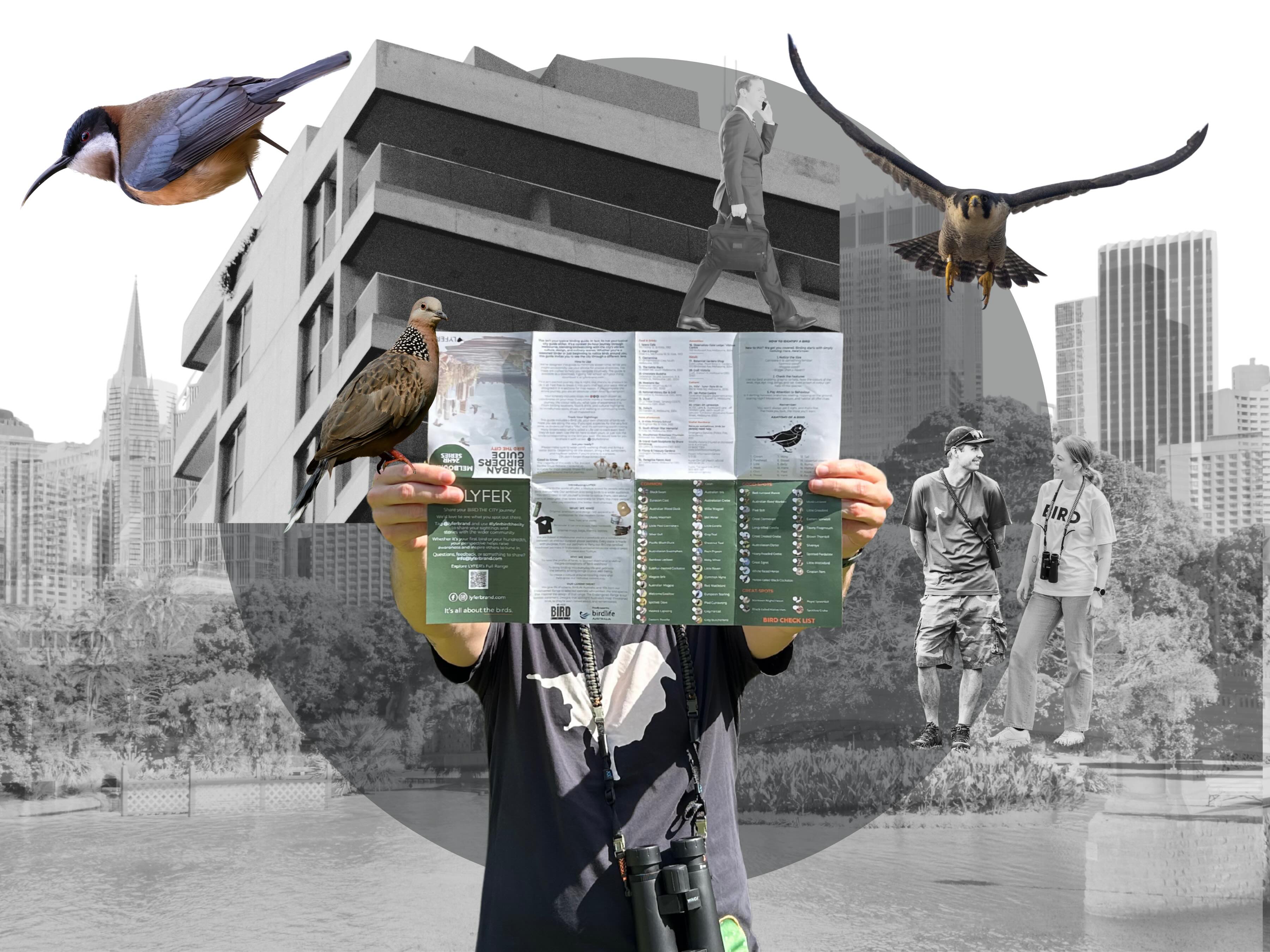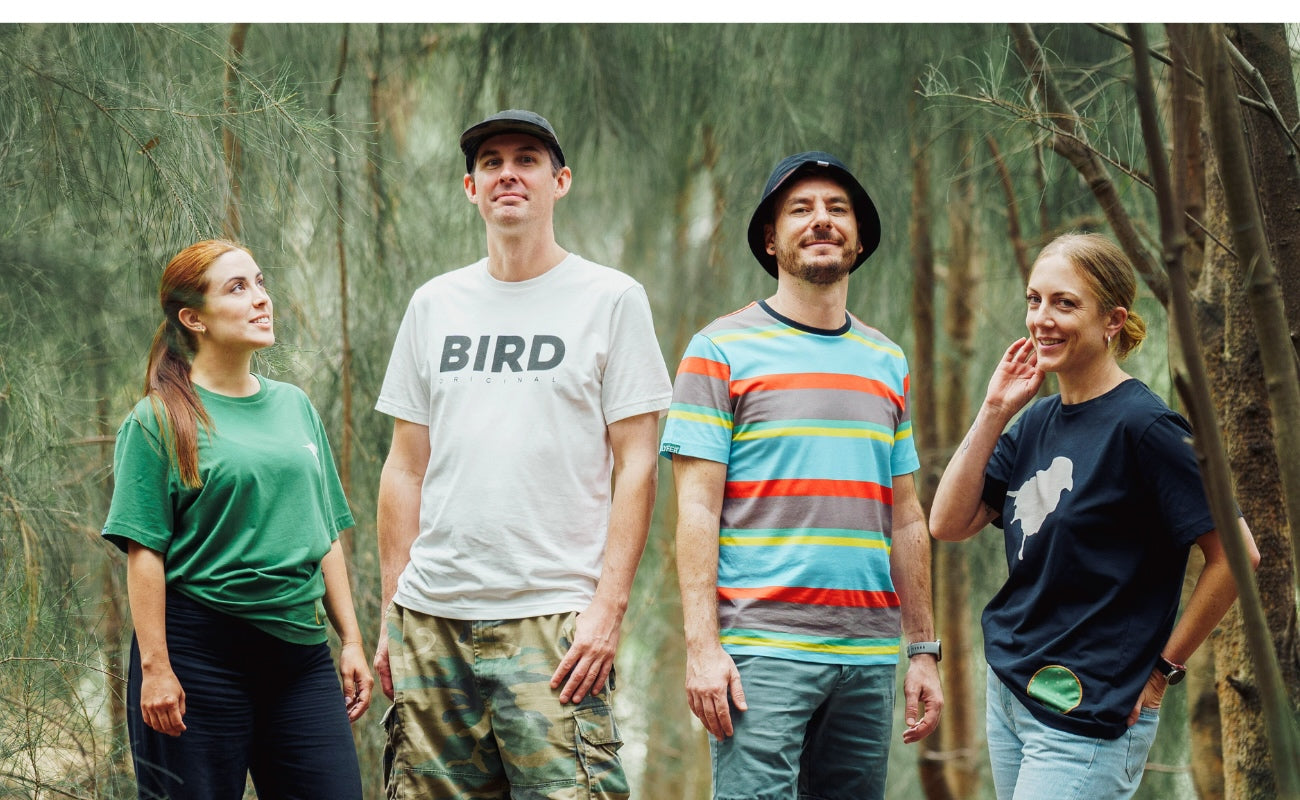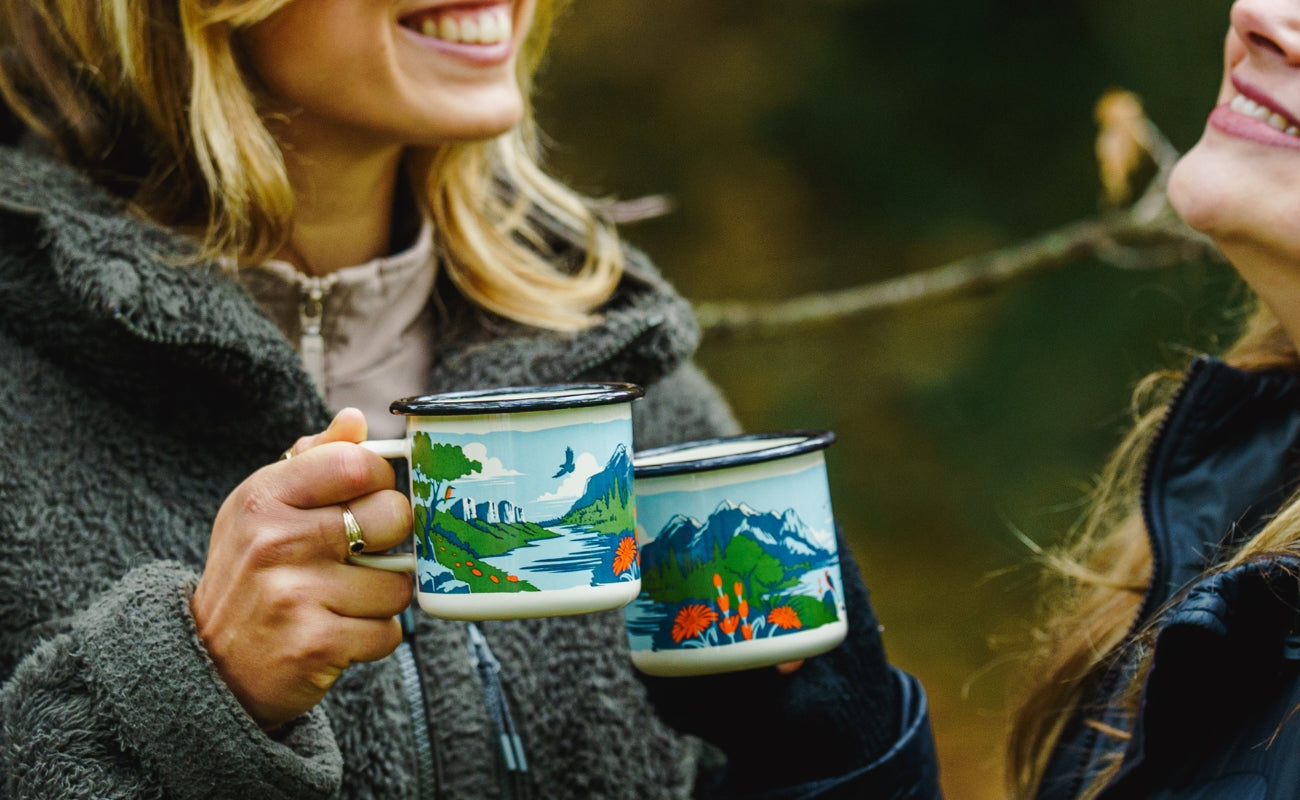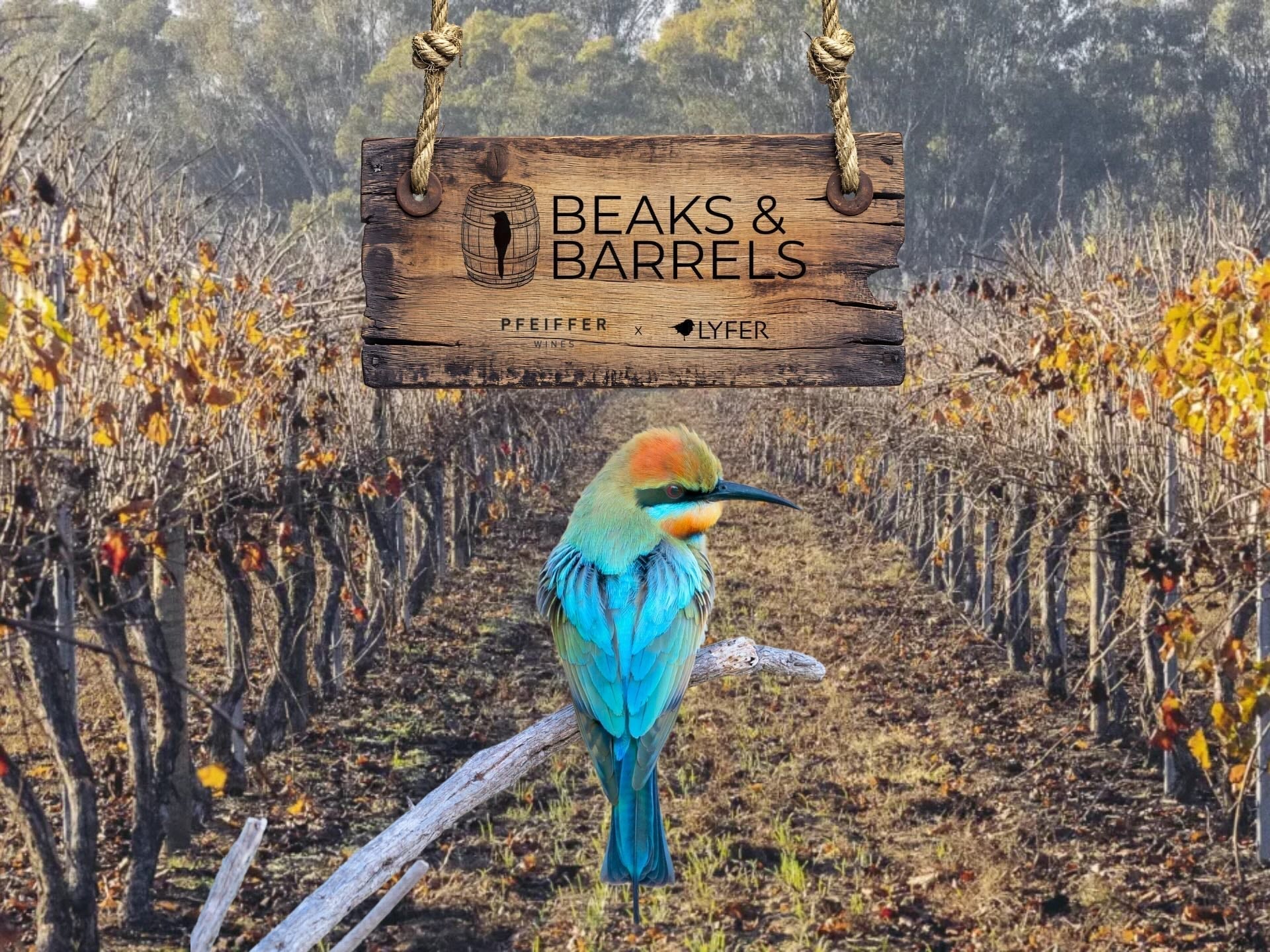Article: Bird the City: Rediscovering & Rebuilding Urban Life Through Birds

Bird the City: Rediscovering & Rebuilding Urban Life Through Birds
[Estimated read: 8 minutes]
Cities are fast, crowded, and loud. They’re chaotic, demanding, and built to keep us moving, workers rushing, travellers passing through, locals navigating the grind, and consumers chasing the next thing. Food and drink are everywhere, our senses constantly lit up. It’s havoc, it’s crazy, but within the madness, there’s beauty. What if that beauty is found in the birds around us, the missing piece in how we connect with our cities?
Despite all this connection and noise, many of us still feel anxious, lonely, even disconnected. City life is magnetic, but often leaves us strangely detached. Yet hidden in the architecture, woven through the skyline, and all around us runs another world in parallel: the birds.
For those unfamiliar with birding, the activity is often tied to countryside and rural escapes. But for millions of us, home is in the city, and our connection to wildlife begins with the birds just outside our apartment windows or perched above a tram stop.
Birds have always been part of urban life. In every Australian city, Rock Pigeons strut through train stations, while for many of us Rainbow Lorikeets streak like star-troopers across the sky, while the Australian Magpie calls echoes through our inner-city parks. Most of the time, they blur into the background.
But what if we stopped long enough to notice? Imagine the workers rushing through parks, heads down in emails and calendars, looking up instead. What if they pulled out their headphones and tuned in to the natural world playing out around them? Could it shift the mood of the city itself, even spill into our offices? It’s these vital moments when we are alone, in our thoughts, often commuting where being present to bird life can make the most remarkable difference to our state of mind.

Research tells us what many already feel: green spaces restore us. They make us happier, calmer, and less stressed. Parks aren’t just lungs for the city, they restore the human spirit. And when you add birds into the mix, and bring awareness to them, something shifts again.
With their colours, sounds, and behaviours, birds invite us into what psychologists call “soft fascination”, the kind of focus that gently pulls us into the present. We wrote about this on a previous Avian Journal - Birds & Brains: It’s All In Your Head. It’s the kind of attention that calms the nervous system and balances out the pace of the city.
That’s why rethinking the role of nature in our cities isn’t just environmental, it’s cultural. Parks, waterways, and green corridors can’t be afterthoughts. They’re not only vital for biodiversity, they’re vital for us. Imagine if councils designed spaces with this in mind, but going once step further and recognising birdlife not as incidental, but as central to how we live well in dense cities, and designed accordingly.
Councils already play their part in creating green spaces, but we rarely hear conversations about the birdlife within them. Take the floating wetlands built along the Yarra in Docklands. They add so much to the area in terms of design and atmosphere, a modern architectural feature on the river, but they’ve also become home to a community of remarkable birds.

image credit - Wetlands Ecological Treatment Systems
Black Swans have even nested there, laying eggs within sight of the city skyline, while Eurasian Coots, Dusky Moorhens, Cormorants and Australian Wood Ducks use the pontoons daily. These wetlands were designed with perches, ramps, and planting to invite life back in, and the birds have responded. Yet most of us still walk past without noticing. How do we shift attention to these neighbours of ours? Maybe it starts with us. Those already aware, the ones reading this, are the ones who can point them out, make the obvious visible, and invite others into a natural world that quietly lives alongside our own.
If you’re a birder, especially one living in a city or suburb, the question is: what can we do? We have a role in helping others connect with nature threaded through our built world. By sharing what we see, we open a window into something greater. Without that lens, our city birds risk being overlooked, and if they’re not noticed, they can’t truly thrive.
At LYFER, we’ve tested this firsthand. On recent city walks, we’d stop and acknowledge the birds around us. Passes by instantly tuned in, curious about what caught our attention. When they realised that the ‘black bird’ they’d ignored was surviving just like them in a chaotic city, something shifted. Smiles appeared, nods of recognition. And when we shared its name, Little Black Cormorant, you could feel people lock it away as knowledge worth passing on. That’s how awareness spreads.

This idea of encouraging both birders and city dwellers to notice birdlife as part of modern life led to the creation of our Urban Birders Guides: Bird the City. They’re not guides in the traditional sense, but invitations to redefine our cities through the presence of birds. Structured as 24-hour itineraries, they weave birdwatching into cafés, cultural landmarks, and hidden green corners. They’re less about ticking species off a list (although we provided this for an extra layer of purpose and fun) and more about rediscovering your own backyard through a natural, holistic frame.
This isn’t escapism, it’s engagement. Cities are sold as hubs of retail and consumption, but they can also be places of restoration and connection. Birds help us see that, they may be the key.
There’s a bigger picture too. In times when urban living drives up stress and anxiety, small moments with nature can reset us. Birdsong cuts through city noise like a reset button, if we allow it too. A welcome swallow darting past or a peregrine falcon on a skyscraper ledge reminds us we’re part of a living world, not just a built one.

Birding becomes more than a pastime. It’s a way to re-imagine culture and community in the city. It gives us new rituals, new pride, and new identities as citizens not just of the city, but of its ecology.
In the end, birds aren’t asking much, only that we notice. And in noticing, we begin to transform. Perhaps the answer to living better in cities isn’t more infrastructure or distraction, but simply noticing what’s already here: the birds.
The Urban Birders Guide begins with Melbourne, but the idea is universal. A chance to see the familiar differently. A reminder that our cities don’t just belong to us, they belong to the birds too.




Leave a comment
This site is protected by hCaptcha and the hCaptcha Privacy Policy and Terms of Service apply.